CT Website Design
Pinpoint Digital, LLC is a CT web design and Internet marketing agency in Connecticut. We have been creating websites since 2007 and we provide a range of services from building mobile friendly websites to providing web hosting and website development services. We work with a variety of businesses and nonprofit organizations.
Located in Plainville, Connecticut
While we are located in Connecticut and are focused on providing complete Connecticut web design services, we also work with companies throughout the U.S. If you are looking for a reliable web development company to create a new website, redesign an existing one or provide search engine optimization services then contact us today. We'll discuss your project and business goals and help craft a plan to help you achieve them.
Start a Conversation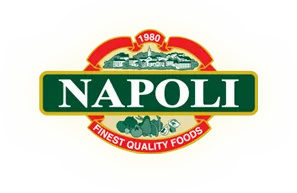





Websites & Internet Marketing Services
While we have been a CT Web Design company since 2007 we have also developed a specialty of working with landscapers and contractors to help them grow their businesses. We provide website design, online marketing services such as search engine optimization and Google Ads management. We provide our services at a reasonable price and focus on lead generation so that you can grow your business. We also build optimized websites and can provide complete content creation services. Additionally, in addition to web design, we also provide graphic design services including logo design and postcard design.
Landscaper Marketing
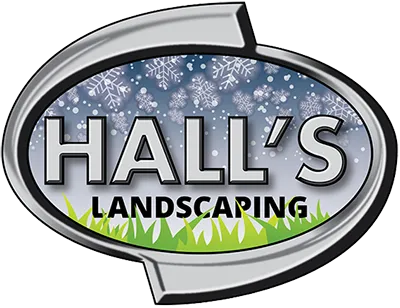


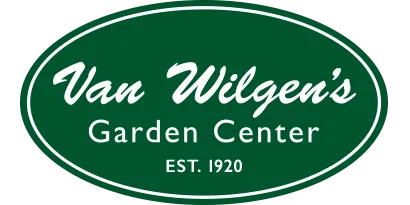

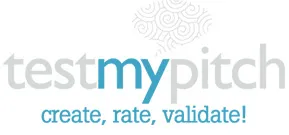
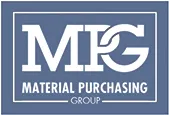


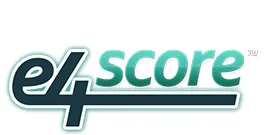
Since 2007 we have been providing white-label services to other web design and marketing companies located in the U.S. We provide complete website design services and also do development in PHP. We specialize in the WordPress content management system. If you run a digital marketing agency or social media marketing business then give us a call to discuss your technical execution needs. We can help with designing and building websites in a white-label capacity.
Learn more


Plainville, CT 06062


